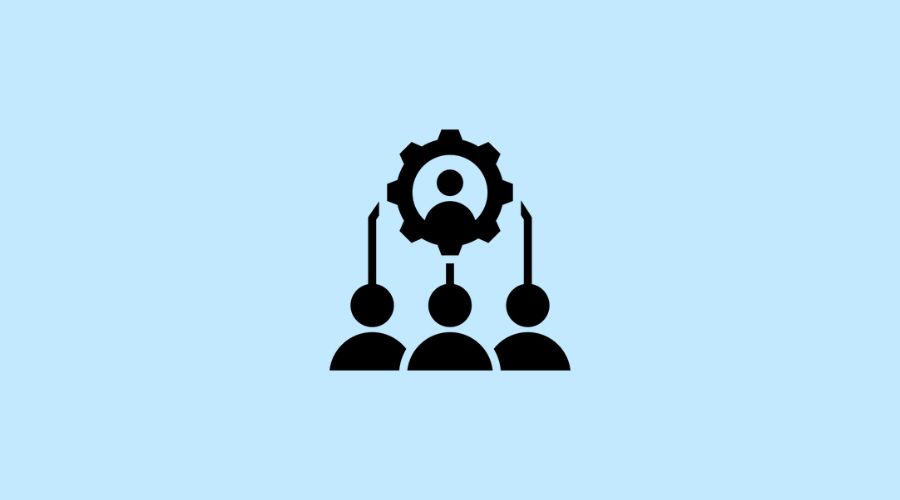Training and Support: Key Factors in Successful HR Feature Adoption

Successfully adopting and leveraging human resources (HR) capabilities is vital to any organization’s success. Whether it involves implementing a learning management system (LMS), a performance management tool, or an employee engagement platform, the HR department plays a role in driving adoption of these features. In this blog, we’ll discuss key factors for successful HR feature adoption through expert strategic training and support guidelines.
Nevertheless, integrating and effectively utilizing HR features can present challenges. Resistance to change and the lack of skills and knowledge needed to use these tools can hinder adoption rates. This is where training and support, including Bites onboarding and training pricing, become key factors in ensuring the adoption of HR features.
Effective Training Strategies for Adopting HR Features
One of the causes behind resistance to change and adoption rates is inadequate training. Providing employees with the skills and knowledge required to use new HR features is imperative. Here are some key aspects to consider when designing training:
Assessing Employee Needs
Before implementing an HR feature, assessing employees’ training needs becomes crucial. This is easier to do if you use efficient HR software services to monitor all team members closely, recording relevant info on their attributes, performance, and experience.
Training Programs
Once training needs have been identified, it is crucial to develop effective training that addresses skill gaps. Instead of conducting generic training sessions, it is recommended to tailor training to the requirements of different departments or user groups. This approach ensures that the training is relevant and effective. For organizations using mentoring or training programs, Qooper mentoring software can enhance engagement by facilitating interactive, real-time discussions alongside live sessions.
Practical Approach
It’s essential to provide hands-on training opportunities where employees can actively engage with and practice using the HR features facilitated by skill assessment software. This can be accomplished through simulations, role-play exercises, or interactive demonstrations. By allowing employees hands-on experience, they can build confidence and become familiar with the tools.
Continuous Learning Opportunities
Training shouldn’t be a one-time event; it should be a process for long-term success and adoption. To achieve this, consider offering refresher courses, online tutorials, or even a dedicated help desk where employees can seek assistance whenever needed. Continuous learning empowers employees to stay up to date on features and best practices.
Also Read: How To Make Sure Your Remote Team Is Happy And Productive
Proactive Support for Encouraging HR Feature Adoption
Training isn’t sufficient in ensuring the adoption of HR features; proactive support plays a vital role in overcoming any challenges employees may encounter during this process. Here are some important factors to consider for providing support:
- Establish a support team ready to address employee inquiries, concerns, and technical issues, including those related to employee monitoring software. This team should prioritize accessibility and responsiveness to ensure a positive experience.
- Create communication channels that allow employees to easily seek support when needed. This can be achieved through designated email addresses, user chatbots, and help desk portals. Having communication channels ensures that employees have a convenient means of accessing assistance.
- Provide user documentation that guides employees through the adoption process. This documentation should include step-by-step instructions, troubleshooting guides, and frequently asked questions sections. By offering to understand materials, you empower employees to find answers and reduce their reliance on support teams.
- Implement feedback mechanisms to gather employee insights about their experience with the adoption process. This can involve surveys, focus groups, or one-on-one feedback sessions. Regularly collecting feedback enables organizations to identify areas for improvement and effectively address any challenges employees face through an employee feedback loop. Understanding call center workforce management is crucial when scaling support systems, as it helps organizations optimize staffing levels and ensure consistent, high-quality support across all channels.
Also Read: Best Employee Recognition Platforms for SaaS Companies
The Advantages of Effective Training and Support
Investing in training and robust support for HR feature adoption brings many benefits to organizations:
Increased Adoption Rates
Employees receiving training and support are more likely to embrace HR features. This leads to adoption rates and ensures that the organization reaps the full benefits of these features.
Improved Productivity
Trained and supported employees can effectively utilize HR features, boosting productivity. Automated processes, streamlined workflows, and easy-to-access information contribute to increased efficiency.
Enhanced User Experience
Well-trained employees have an enhanced user experience with HR features. This not only increases satisfaction but also reduces frustration and resistance to change. A positive user experience fosters a culture of learning and innovation.
Return on Investment (ROI)
Organizations invest resources in implementing HR features. By providing training and support, organizations can maximize ROI by ensuring that employees fully utilize the features and achieve desired outcomes.
Also Read: Social Media Manager: 6 Golden Rules
Conclusion
Training and support are vital to the adoption of HR features. By investing in training programs and proactive support mechanisms, organizations can overcome resistance to change, enhance user experience, and achieve ROI. Remember, successful HR feature adoption goes beyond implementing features; it involves equipping and empowering employees to leverage these features to their fullest potential.
